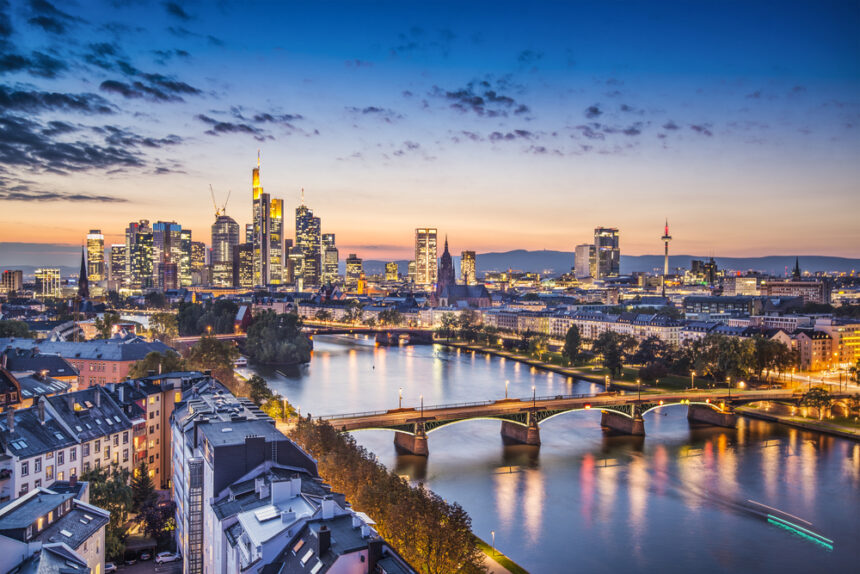Germany is a well-known destination for tourists seeking an experience they will never forget in 2025 because of its irresistible mix of historical relevance, cultural legacy, and natural beauty. These rank among the top ten places to visit Germany. Their blend of famous sites, bustling cities, and breathtaking surroundings is very outstanding. Imagine strolling through fascinating ancient villages, touring massive castles, or joining in the vibrant atmosphere of world-wide events. Germany offers a lot of activities for everyone who enjoys travel.
There is something for everyone from tranquil valleys and forest hikes to bustling cities featuring modern art and nightlife. Whether your interests are in learning about fascinating historical sites, appreciating local cuisine and culture, or simply admiring outstanding architectural creations, any of these locations will enable you to create lifelong memories. Are you prepared to be fascinated by Germany? This nation appeals to everyone since it combines the vigour of the present with the richness of the past. Right now, you should start organising your vacation to these must-see sites. Every one of them is bursting with fascinating narratives and breathtaking views.
Top Ten Best Places You Should Visit In Germany
10. Hamburg
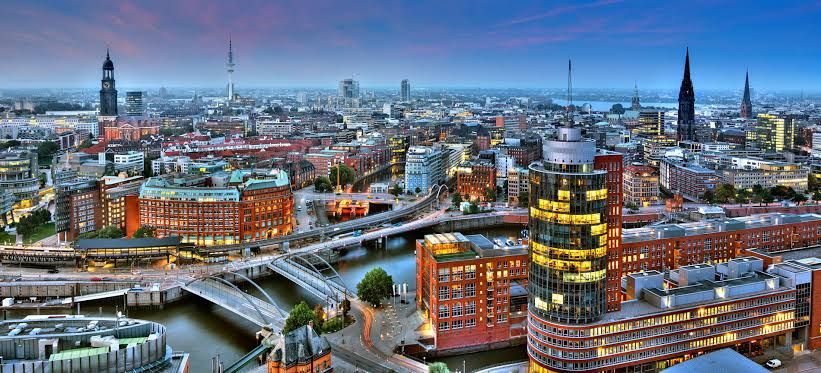
Hamburg, Germany’s vibrant port city on the Elbe River, thrives as a hub of maritime heritage and modern innovation. The Speicherstadt, a UNESCO World Heritage Site, stands as the world’s largest historic warehouse district, its red-brick buildings reflecting centuries of trade. The Elbphilharmonie, a striking glass concert hall, offers world-class performances and panoramic river views. Miniatur Wunderland, the largest model railway globally, captivates with intricate details, while Planten un Blomen park enchants with lush gardens and evening light shows.
Hamburg’s canals, known as “Fleet,” invite scenic boat tours, and the Alter Elbtunnel, a historic pedestrian tunnel, connects the riverbanks. The lively St. Pauli district, home to the Reeperbahn, pulses with nightlife and entertainment. Hamburg’s blend of history, culture, and waterfront charm makes it a top destination for travelers seeking both tradition and modernity. Explore this northern gem for a mix of German culture, maritime history, and cutting-edge architecture that’s perfect for a 2025 adventure.
9. Würzburg

Nestled in northern Bavaria, Würzburg is a cultural treasure known for its Baroque splendor and wine heritage. The Würzburg Residence, a UNESCO World Heritage Site, dazzles with Tiepolo’s frescoes and sprawling gardens, showcasing 18th-century opulence. The Old Main Bridge, adorned with stone statues, spans the Main River, offering views of the Marienberg Fortress perched above. Würzburg’s vineyards, producing crisp Franconian wines, invite visitors for tastings and scenic tours.
The Würzburg Cathedral, blending Romanesque and Baroque styles, stands as a spiritual landmark, while the Ringpark offers tranquil green spaces for leisurely strolls. The city’s historic market square buzzes with cafes serving local specialties like bratwurst. For outdoor enthusiasts, the Main River provides cycling paths and boat trips, revealing the region’s rolling hills. Würzburg’s mix of architectural grandeur, wine culture, and natural beauty creates a perfect stop for those exploring Germany’s historic heart. Visit in 2025 to experience this Bavarian gem’s timeless allure and vibrant traditions.
8. Heidelberg
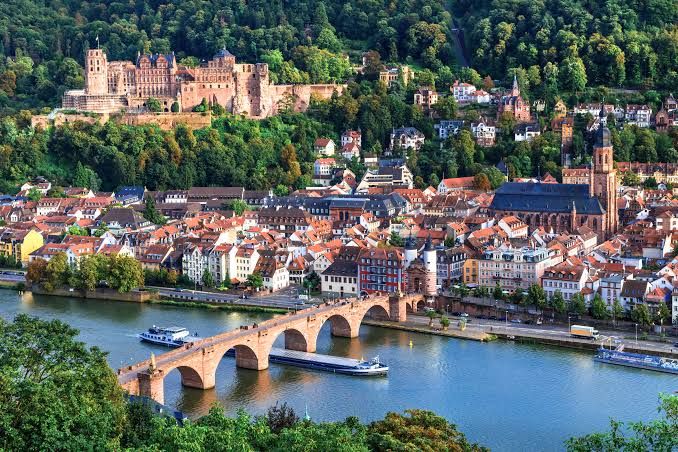
Heidelberg, set along the Neckar River, is a romantic haven steeped in history and intellectual legacy. Home to Germany’s oldest university, founded in 1386, the city exudes scholarly charm. The Heidelberg Castle, a majestic ruin on a forested hillside, offers sweeping views and tales of Renaissance grandeur. The Old Town, with its cobblestone streets and half-timbered houses, brims with cozy cafes and boutique shops.
The Old Bridge, a 18th-century marvel, connects the riverbanks, while the Philosopher’s Walk provides serene trails with panoramic vistas. The Heidelberg Zoo, one of Germany’s oldest, delights families, and the quirky Student Prison reveals the city’s academic past. The Neckar Valley’s lush scenery invites hiking and cycling, making it ideal for nature lovers. Heidelberg’s blend of historic architecture, cultural vibrancy, and natural splendor creates a dreamy destination. Plan a visit in 2025 to wander its charming streets and soak in the timeless romance of this German classic.
7. Dresden
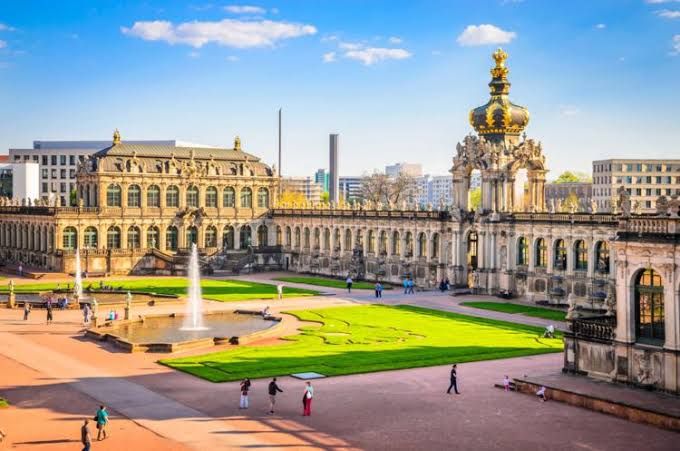
Dresden, dubbed “Florence on the Elbe,” is a cultural jewel in eastern Germany, renowned for its Baroque and Renaissance architecture. Rebuilt after World War II, the city shines with landmarks like the Zwinger Palace, home to world-class art collections, and the Dresden Royal Palace, where the Green Vault displays priceless treasures. The Semperoper, a grand opera house, hosts captivating performances, while the Frauenkirche, a reconstructed Baroque church, symbolizes resilience with its golden dome. The Old Town’s charming streets lead to the Elbe River, perfect for scenic boat tours.
The Striezelmarkt, one of Germany’s oldest Christmas markets, transforms the city into a festive wonderland each winter. Dresden’s museums, from the Albertinum to the Military History Museum, offer deep dives into art and history. With its blend of cultural richness and riverside beauty, Dresden is a must-visit for those seeking Germany’s artistic heritage in 2025. Explore its elegant streets and vibrant cultural scene for an unforgettable experience.
6. Regensburg
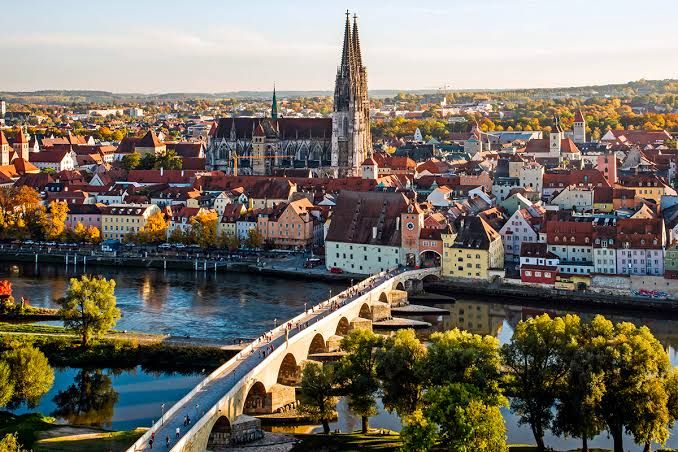
Regensburg, a Bavarian gem, boasts a remarkably preserved medieval Old Town, a UNESCO World Heritage Site. St. Peter’s Cathedral, with its Gothic spires, towers over cobblestone streets lined with colorful buildings. The Stone Bridge, a 12th-century engineering marvel, spans the Danube River, offering stunning views and a link to the city’s Roman past, evident in the Porta Praetoria gate. The Walhalla, a neoclassical hall overlooking the river, honors notable German figures.
The Regensburg Sausage Kitchen, one of the world’s oldest eateries, serves traditional bratwurst by the riverside. The Jewish Quarter and historic synagogue provide insights into the city’s diverse heritage. Boat tours along the Danube reveal scenic landscapes, while the Thurn und Taxis Palace hosts vibrant festivals. Regensburg’s blend of medieval architecture, Roman history, and lively culture makes it a captivating stop for history enthusiasts. Visit in 2025 to step back in time and savor the authentic charm of this Bavarian treasure.
5. Berchtesgaden
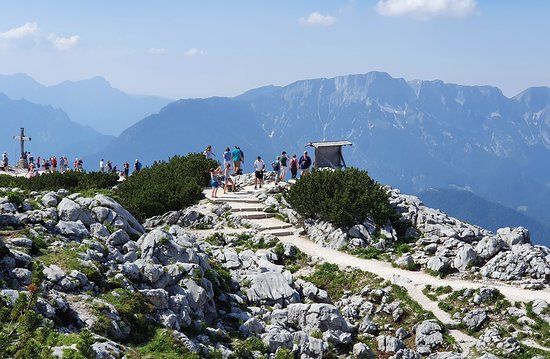
Tucked in the Bavarian Alps, Berchtesgaden is a paradise of natural beauty and historical intrigue. Part of Berchtesgaden National Park, it’s home to Lake Königssee, where emerald waters reflect towering peaks, perfect for serene boat trips. The Eagle’s Nest, a preserved World War II retreat, offers historical insights and breathtaking alpine views. Jenner Mountain attracts skiers and hikers with its trails and slopes, while the Watzmann massif looms majestically.
The town itself, with traditional Bavarian chalets, exudes cozy charm, and local markets serve hearty alpine dishes. The Salt Mine, one of Germany’s oldest, provides an underground adventure into the region’s mining history. Berchtesgaden’s blend of outdoor activities and historical sites makes it ideal for nature lovers and history buffs alike. In 2025, explore its trails, lakes, and cultural landmarks for a refreshing escape into Germany’s alpine heart.
4. Cologne
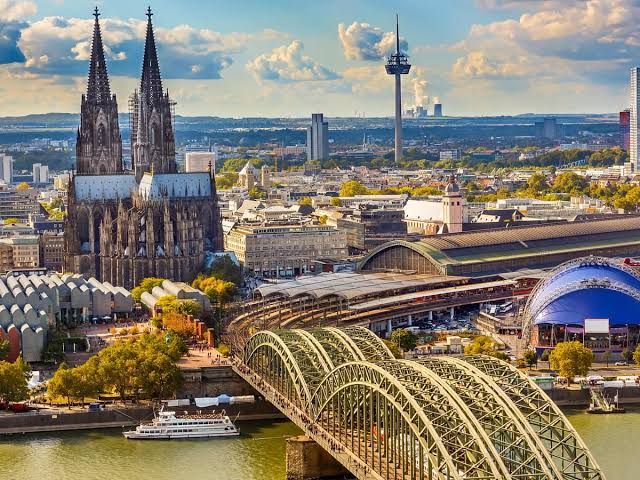
Cologne, perched on the Rhine River, is a vibrant city anchored by the iconic Cologne Cathedral, a UNESCO World Heritage Site with soaring Gothic spires and panoramic views from its tower. The Chocolate Museum offers a sweet journey through cocoa history, while Rheinpark provides green spaces for leisurely walks. The Old Town, with colorful buildings and lively pubs, serves traditional Kölsch beer and hearty Rhineland dishes.
Cologne’s Carnival, one of Germany’s largest, transforms the city with parades and festivities each February. Rhine River cruises showcase castles and vineyards, blending urban energy with scenic beauty. The Museum Ludwig, housing modern art, adds cultural depth. Cologne’s mix of historic grandeur, festive spirit, and riverside charm makes it a dynamic destination for travelers in 2025. Visit to experience its architectural marvels and vibrant cultural scene.
3. Munich

Munich, Bavaria’s lively capital, seamlessly blends tradition and modernity, drawing millions for its world-famous Oktoberfest. Marienplatz, the city’s heart, features the Rathaus-Glockenspiel, a clock with animated figures that captivate crowds. The English Garden, Europe’s largest urban park, offers beer gardens, serene lakes, and even a surfing spot on the Eisbach wave.
Nymphenburg Palace, with its ornate rooms and sprawling gardens, reflects Bavarian royalty, while the Deutsches Museum showcases science and technology. Munich’s Christmas market, set against historic backdrops, adds winter magic. The city’s vibrant art scene, from the Alte Pinakothek to street festivals, keeps it buzzing year-round. With its rich history, lively culture, and welcoming beer halls, Munich is a top pick for 2025 travelers seeking authentic Bavarian experiences and urban excitement.
2. Berlin
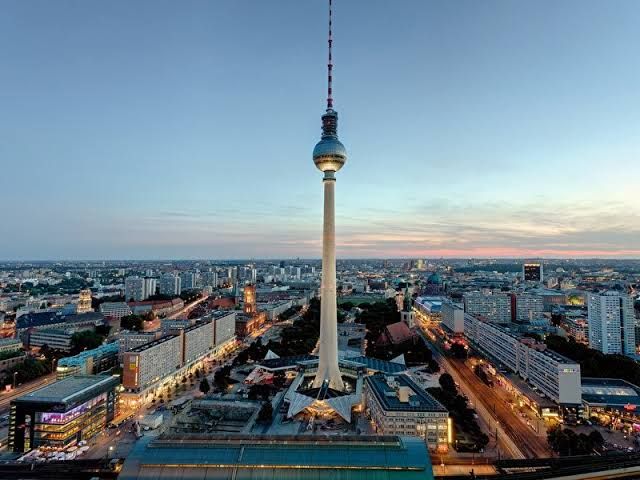
Berlin, Germany’s dynamic capital, is a city of contrasts, where history and modernity collide. The Brandenburg Gate, a symbol of unity, anchors the city’s historic core, while the Berlin Wall’s East Side Gallery showcases vibrant murals. Museum Island, a UNESCO site, houses world-class collections, from ancient artifacts to modern art.
The Reichstag’s glass dome offers stunning city views, and Tiergarten park provides a green escape. Neighborhoods like Kreuzberg pulse with diverse cuisines and nightlife, while Charlottenburg exudes elegance with its palace. The Berlin Wall Memorial and Checkpoint Charlie delve into the city’s Cold War past. Berlin’s thriving arts scene, from techno clubs to street art, keeps it cutting-edge. In 2025, explore this cultural powerhouse for its rich history, vibrant energy, and endless discoveries.
1. Black Forest
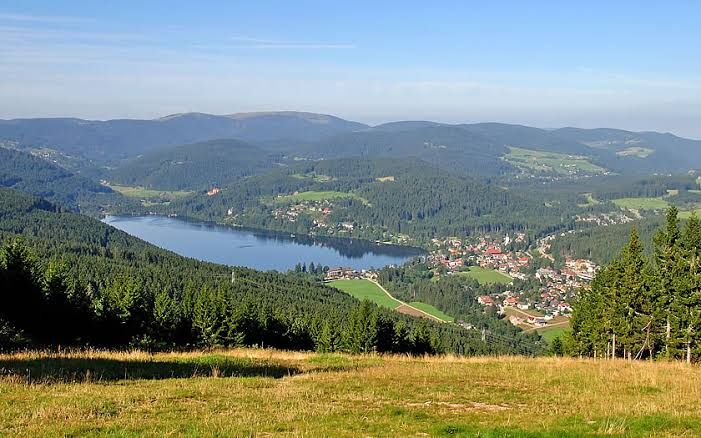
The Black Forest, in Baden-Württemberg, is a fairy-tale region ofdense woodlands, rolling hills, and charming villages. Known for cuckoo clocks and Black Forest cake, it’s a haven for nature lovers. Triberg Waterfalls, Germany’s highest, cascade through lush forests, while Lake Titisee offers serene boating and hiking. Freiburg, with its medieval minster and vibrant market, blends urban charm with natural beauty.
Baden-Baden’s spa culture invites relaxation, and Gengenbach’s half-timbered houses feel straight out of a storybook. Feldberg, the region’s highest peak, provides skiing in winter and hiking in summer. The Black Forest Open Air Museum showcases traditional life, adding cultural depth. With its enchanting landscapes and cozy towns, the Black Forest tops the list for 2025 travelers seeking nature, culture, and tranquility in Germany’s most magical region.

